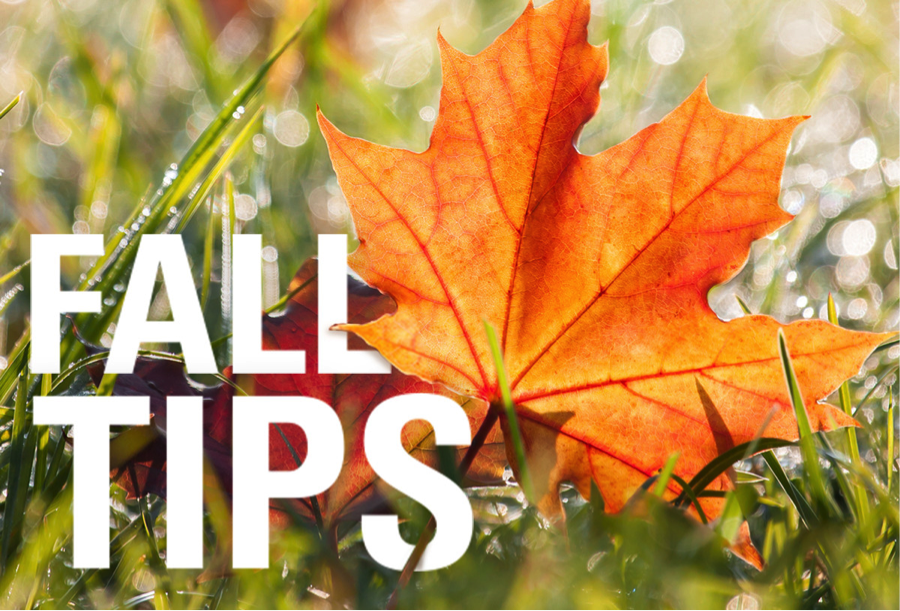 Fall is known for its colorful leaves, but many property owners know it as the time of year to prep your lawn for cooler weather and prepare for fall lawn care problems. We have several resources to help you make the most of the season and give your yard the care it needs for a lush spring growth.
Fall is known for its colorful leaves, but many property owners know it as the time of year to prep your lawn for cooler weather and prepare for fall lawn care problems. We have several resources to help you make the most of the season and give your yard the care it needs for a lush spring growth.
Fall Lawn Aeration
After a long and hot summer, your lawn can begin to look worn down and sparse. In the fall, it is time to aerate and fertilize it. Four days before aeration, cut your lawn short – no more than 1.5 inches high. Then, using marker flags from your local hardware store, mark all irrigation heads, valve boxes, shallow irrigation pipes or shallow wiring, and any other items that could be damaged by aeration. For several days prior to aeration, water your lawn (but don’t flood it) until you can easily push your index finger roughly one inch into the ground.
For best results, make multiple passes with the aerator to avoid inconsistent grass growth with noticeable stand alone patches of grass. If your lawn is in good shape, two passes is sufficient. If your lawn has large bare areas, make three to four passes.
Common Lawn Care Problems
WEEDS: Fertilizer is a great solution to weeds. Frequent mowing at a high cutting height acts as an additional defense against the growth of weeds by preventing access to the light needed for germination. Digging weeds out which have taken hold remains the best and often only solution.
MOSS: To prevent moss from thriving, raise the cutting lawn grass height and ensure sufficient fertilization. Moss prefers damp soils in shaded areas, such as under trees. These areas must be improved, which generally means re-sowing with a good grass seed mixture and targeted fertilization. Moss will also flourish in over-acidic soils, often caused by water-logged, compacted ground conditions with an absence of air. Improved drainage will help rectify these conditions.
FUNGI: There are many types of fungi that can infect lawns, but only a few are really damaging. A well-kept and healthy lawn is the ideal defense against fungal diseases. Where fungi do occur, the best solution is to seek out the services of a lawn care specialist.
DISCOLORATION: Spots and mildew are unwelcome side effects of the onset of winter. To prevent their appearance, lawns should be fertilized in August or September to improve resistance. With a combination of an application of lime in September or October and increasing the cutting height, your lawn will be left better prepared to see out the winter months.
Read more from STIHL here.
Source: STIHL USA



